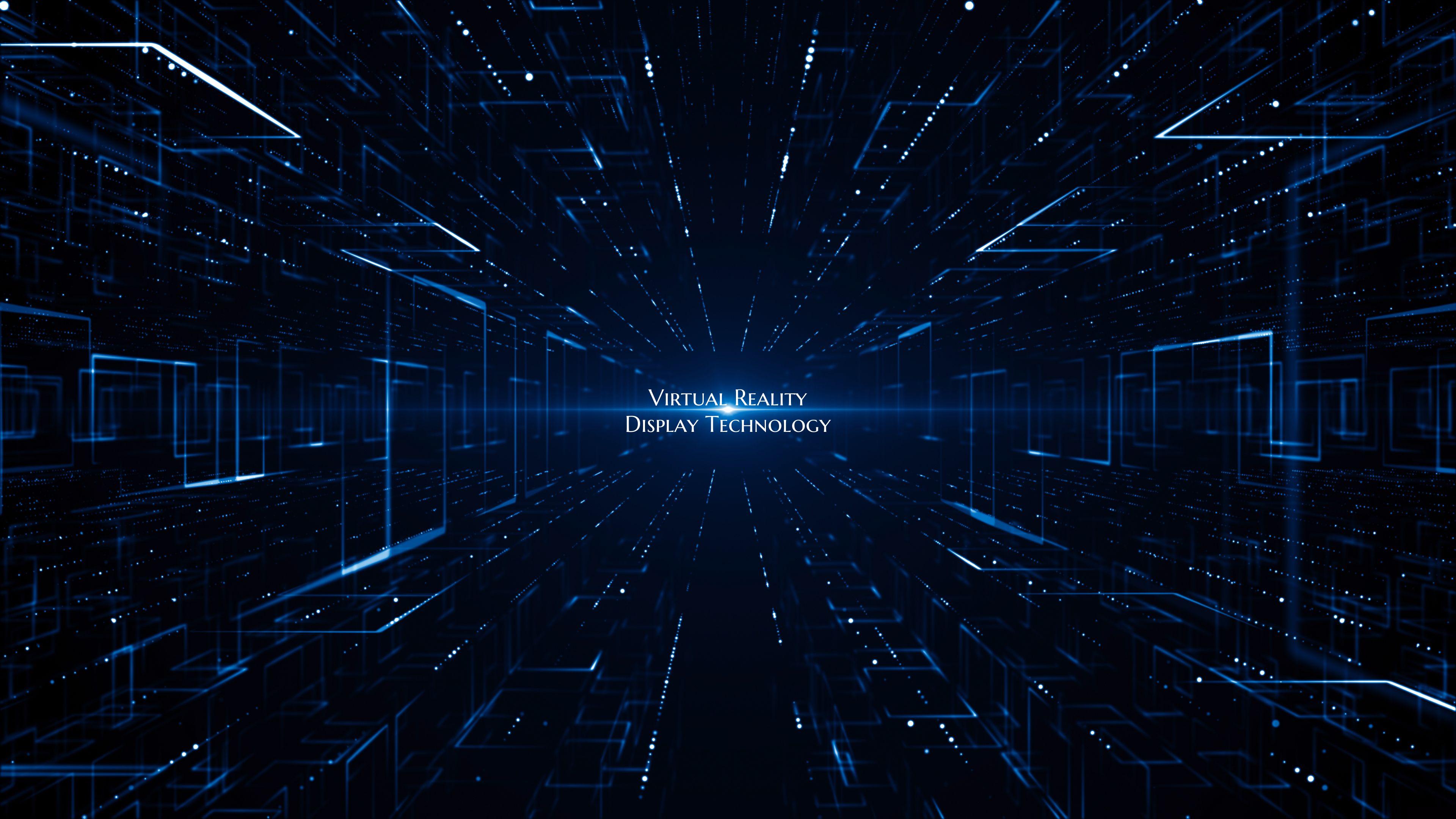Virtual Reality Display Technology
Introduction: Virtual Reality (VR) has revolutionized the way we interact with technology, offering immersive experiences that transport users to new and exciting worlds. At the core of the VR experience lies the display technology, which plays a crucial role in creating a realistic and captivating environment for users. In this article, we will delve into the fascinating world of virtual reality display technology, exploring the current trends and future possibilities that this technology presents.
Current State of Virtual Reality Display Technology: The current state of virtual reality display technology is a dynamic landscape characterized by rapid advancements and innovations. VR headsets typically feature high-resolution displays that are designed to reduce motion sickness and provide a more immersive experience. The refresh rate of these displays is also crucial, as higher refresh rates result in smoother motion and a more realistic experience for users.
One of the key challenges in virtual reality display technology is achieving a high field of view (FOV) without compromising on image quality. A wider FOV allows users to feel more immersed in the virtual environment, making the experience more lifelike. Manufacturers are constantly working on developing displays with wider FOVs while maintaining high pixel density and clarity.
Future Possibilities: The future of virtual reality display technology holds immense potential for transforming the way we interact with digital content. One of the most exciting developments on the horizon is the integration of foveated rendering technology into VR displays. Foveated rendering utilizes eye tracking to focus rendering resources on the user's point of gaze, resulting in higher image quality and reduced computational load. This technology has the potential to greatly enhance the visual fidelity of virtual reality experiences while also improving performance.
Another promising trend in virtual reality display technology is the development of light field displays. Light field displays produce images that accurately simulate the way light interacts with objects in the real world, resulting in more realistic and immersive visuals. By recreating the complex interplay of light and shadow, light field displays have the potential to take virtual reality experiences to new heights of realism.
Conclusion: Virtual reality display technology is at the forefront of innovation, driving the evolution of immersive digital experiences. With advancements in display resolution, refresh rate, FOV, and emerging technologies like foveated rendering and light field displays, the future of virtual reality holds exciting possibilities for users and developers alike. As manufacturers continue to push the boundaries of what is possible, we can expect virtual reality experiences to become even more lifelike, captivating, and immersive in the years to come.

